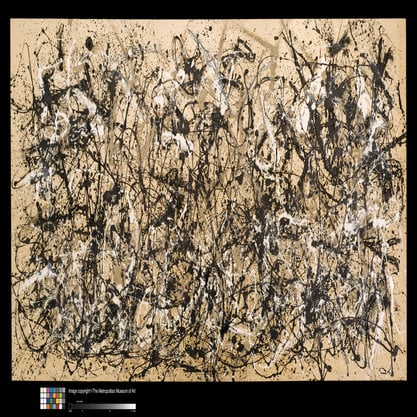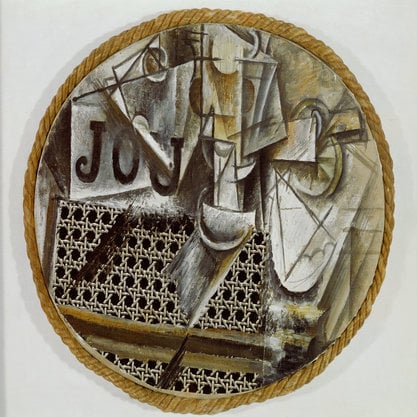Article
Chan, Luis (1905–1995) By Lee, Jack
Article
Luis Chan was a doyen of the Hong Kong art world whose artistic career not only witnessed but also paved the way for the development of 20th century Hong Kong art. Chan is well known for his adoption of different painting styles, and his curiosity for trying new things ultimately led him to develop a unique artistic style that marked the modernity of Hong Kong art. Between the 1920s and the 1950s, when Chan merely worked as a “Sunday painter,” he followed closely a conventional Western painting style; in particular the practice of outdoor sketching in watercolor influenced by contemporary British and American watercolorists such as Frank Brangwyn, J. M. W. Turner, and John Sargent whom he admired. Chan was renowned for the quick sketching technique and bold brushwork used in his watercolor landscapes, and it was this method and the huge number of paintings that he produced that earned him the soubriquet “Watercolour King” among Hong Kong artists in the 1950s. From the onwords 1960s, Chan attempted to develop a modern style of painting by borrowing from Cubism, Constructivism, Abstract Expressionism, and Surrealism, before creating an imaginative, fanciful, and childlike style of his own.



